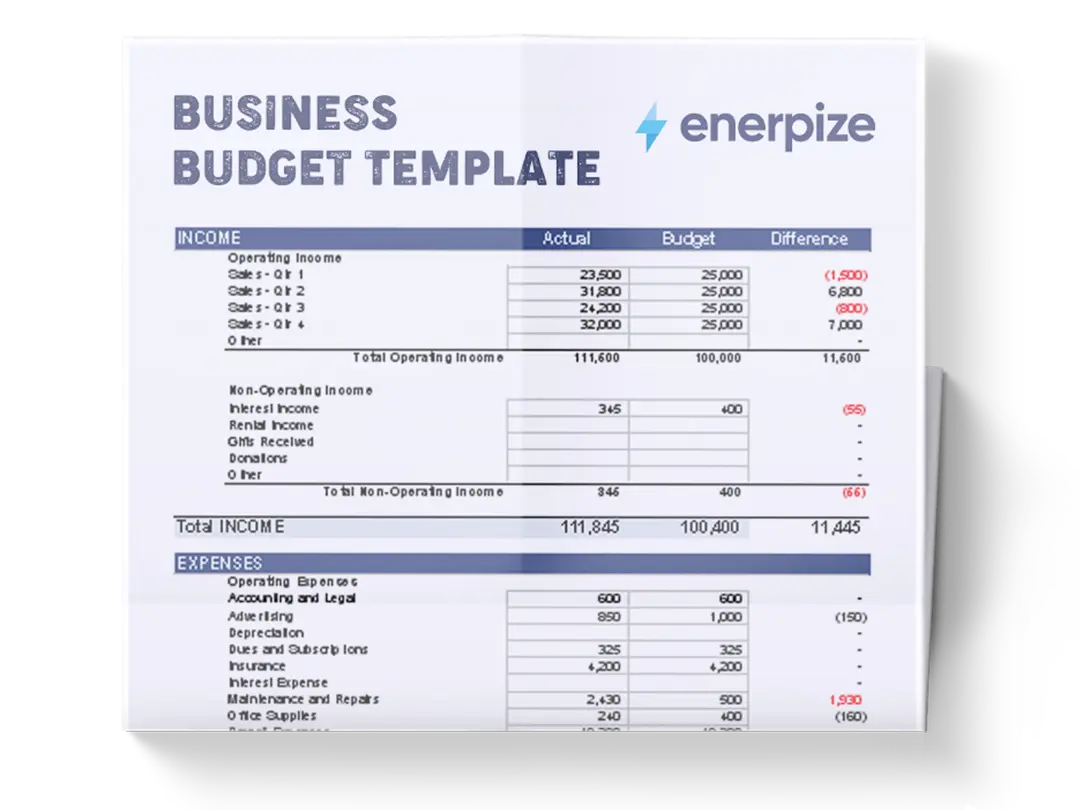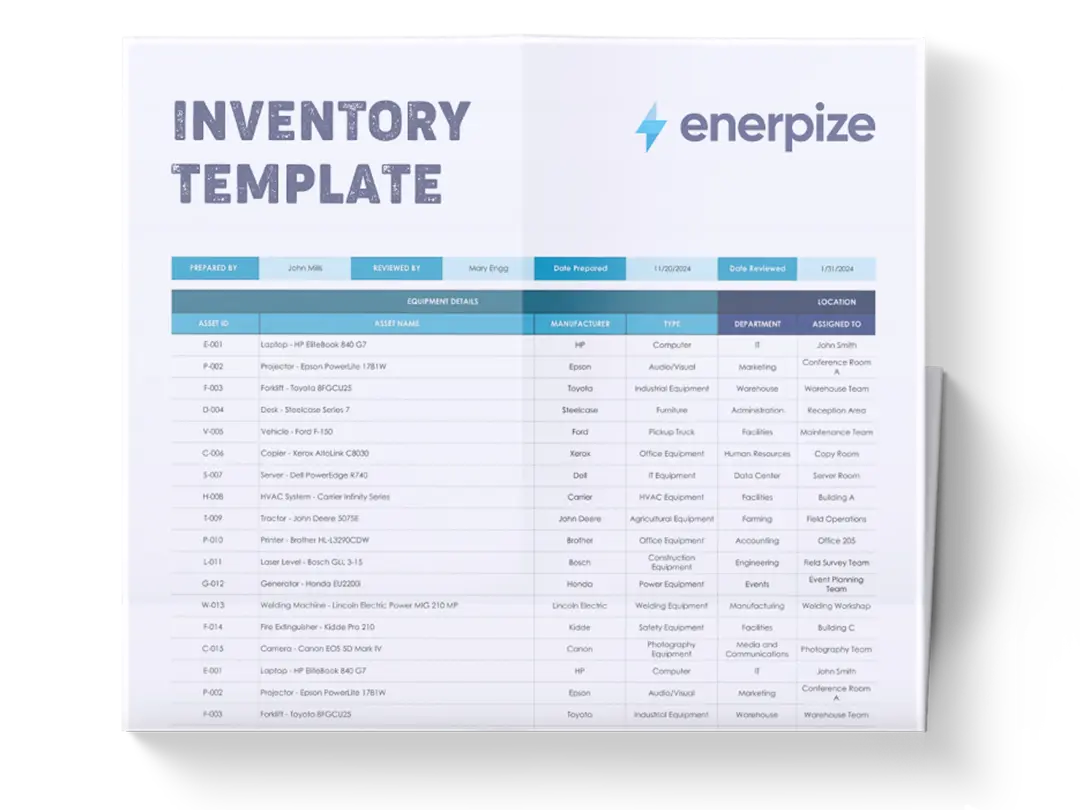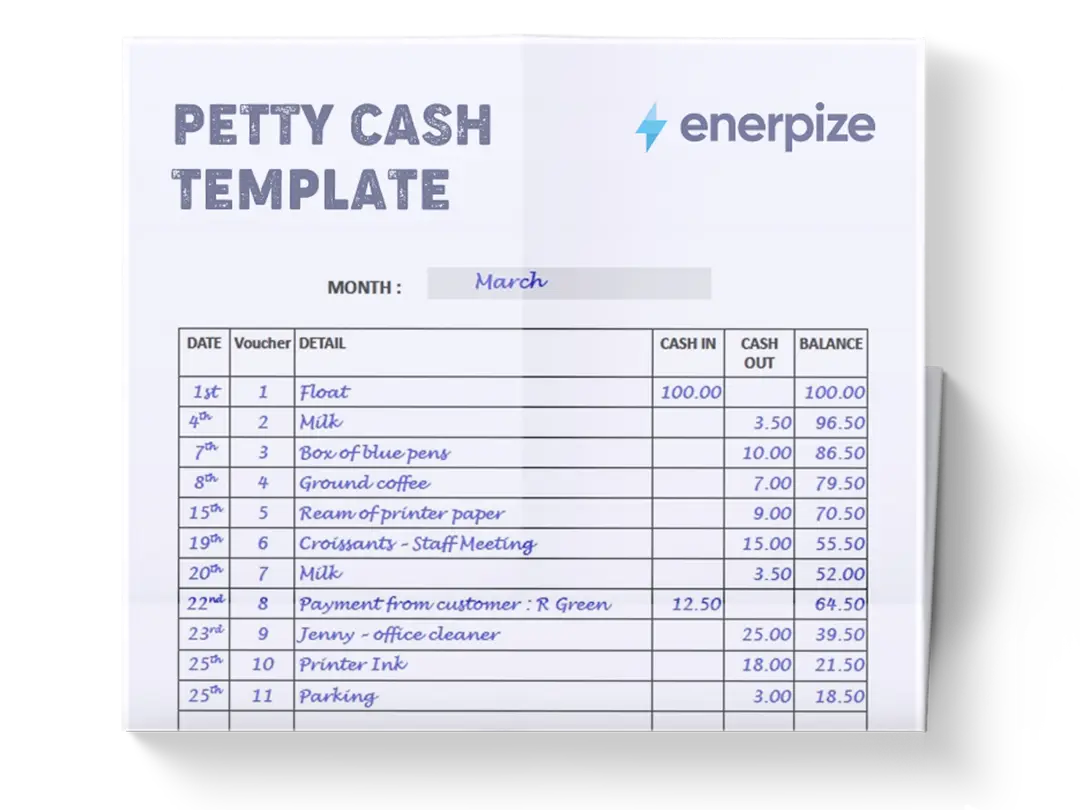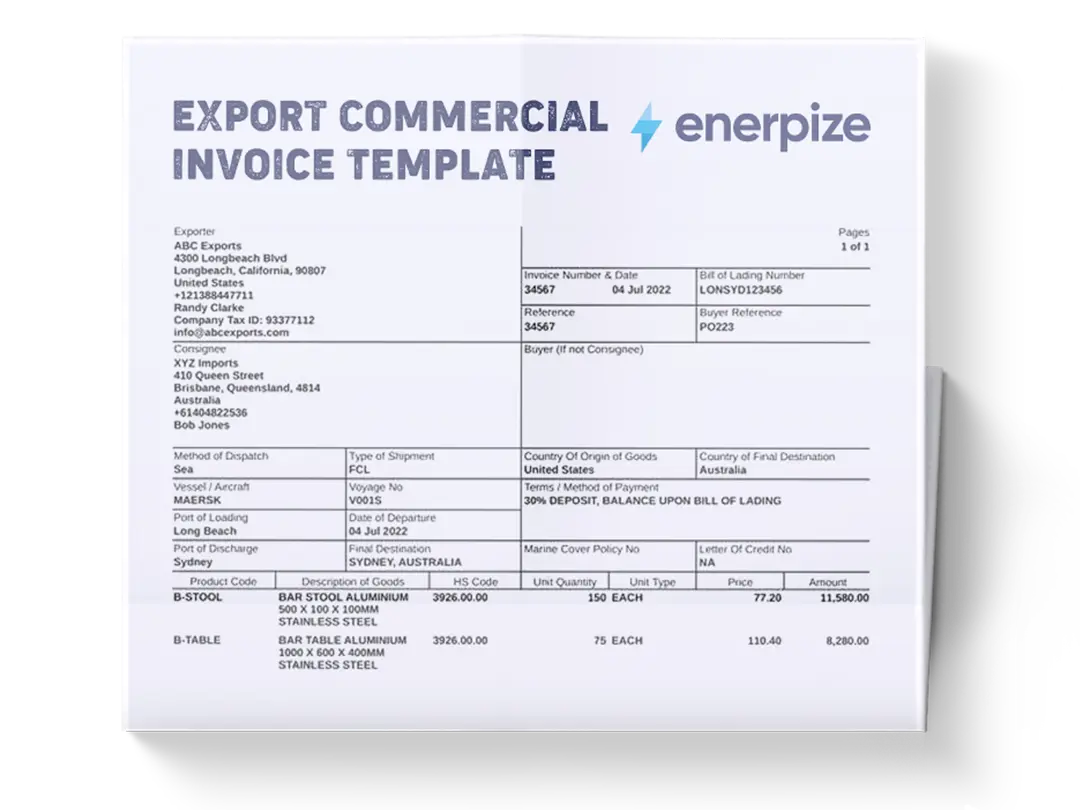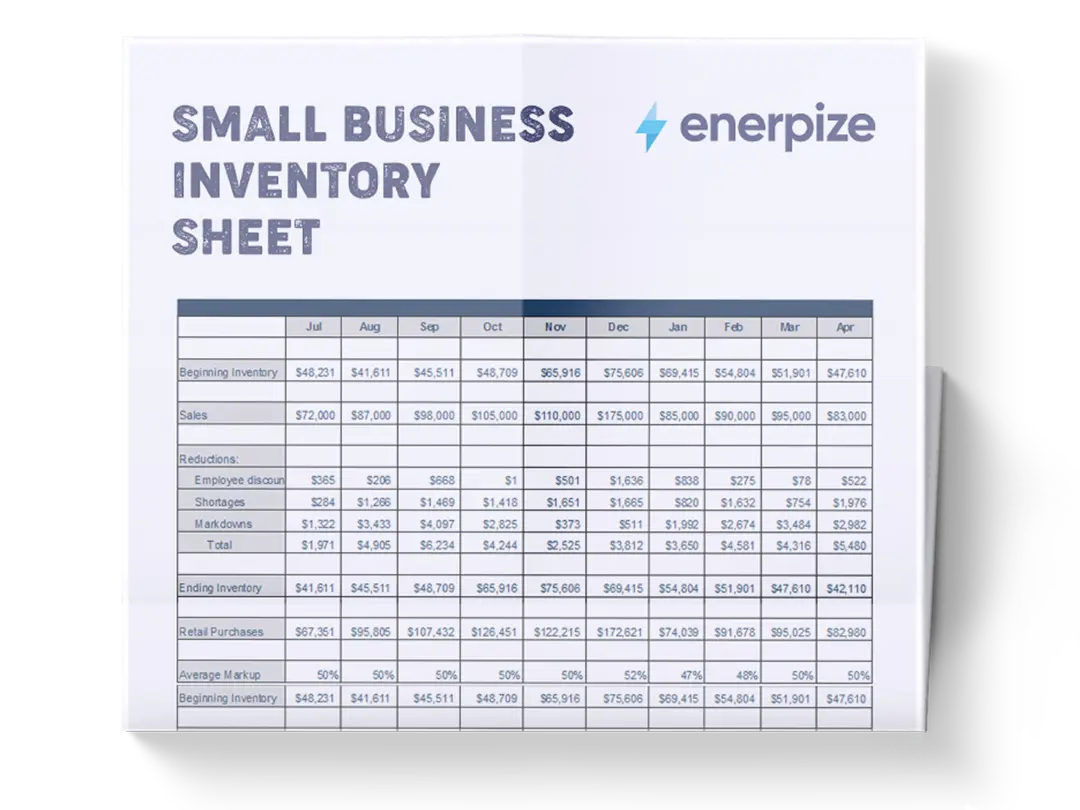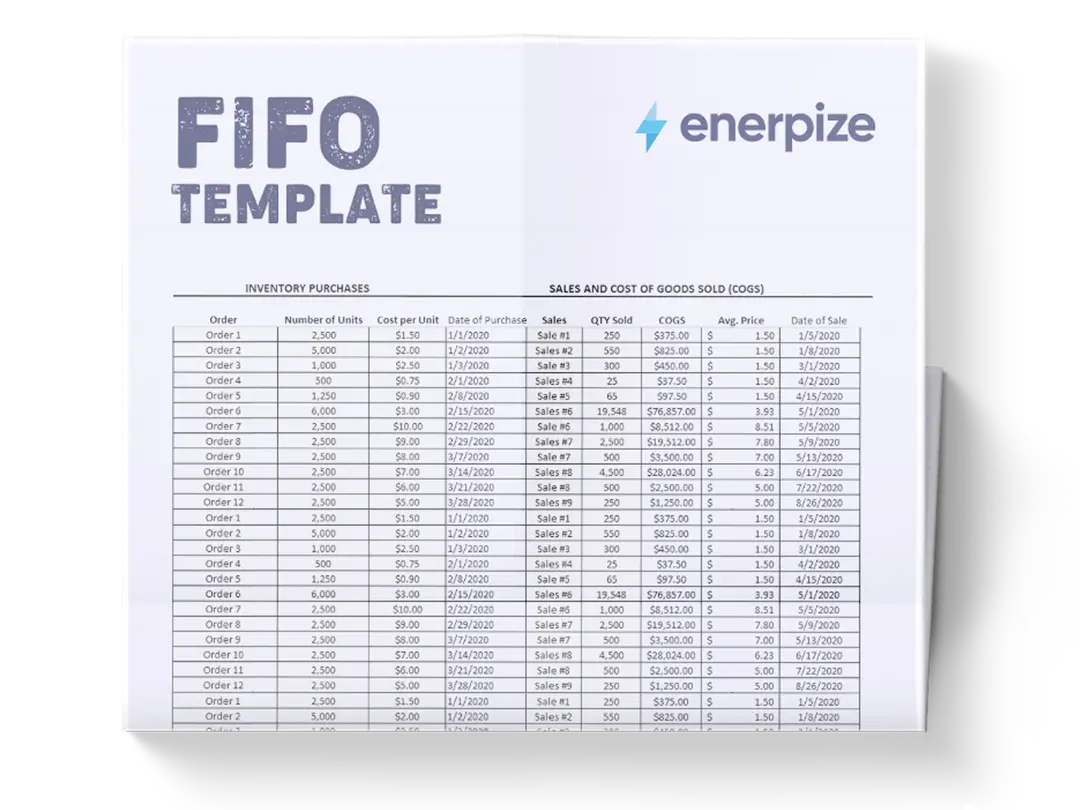Posted on 9 July 2025
Inventory Valuation Template Excel & Google Sheets
- The inventory valuation template is available in Excel and Google Sheets.
- Track real-time inventory value and profitability with precision.
- Get a clear snapshot of each product's unit cost, stock count, retail value, and profit margins.
- Ideal for businesses managing inventory across locations.
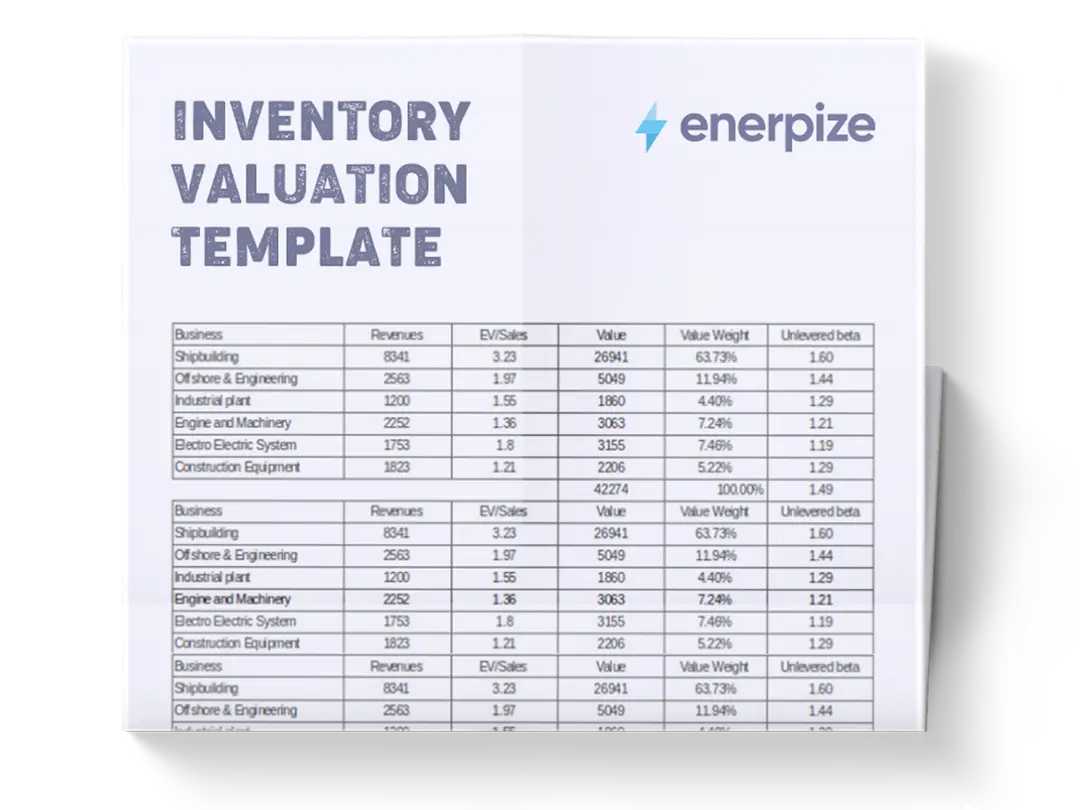
What is The Inventory Valuation Template?
The inventory valuation Excel template calculates the monetary value of unsold inventory at the end of a reporting period. This value is critical for accurate financial reporting, tax compliance, and informed business decision-making. Inventory, often one of the largest assets on a company's balance sheet, must be consistently and accurately valued to reflect the true financial health of the business.
The inventory valuation report assists users in applying recognized accounting methods, such as First-In, First-Out (FIFO), Last-In, First-Out (LIFO), or Weighted Average Cost (WAC), to determine the value of goods held in stock. Ultimately, it enables business owners, accountants, and financial analysts to track inventory performance, manage costs, and support strategic decisions with reliable data.
What Does an Inventory Valuation Excel Template Contain?
Product Name:
Identifies the specific item in your inventory. Clear naming prevents confusion between similar SKUs and ensures accurate categorization during audits or reconciliations.
SKU (Stock Keeping Unit):
A unique identifier for each item, critical for tracking inventory movement, managing reorders, and integrating with inventory management systems.
Description:
Provides a brief overview of the product’s key features or use. Descriptions help staff quickly recognize items and are particularly useful when SKUs are similar or when training new team members.
Location:
Indicates where the item is stored (e.g., Main Store, Warehouse 1). Knowing item locations at a glance improves logistical efficiency and supports better restocking decisions.
Stock Quantity:
Shows how many units of the item are currently in stock. Monitoring this value helps avoid stockouts or excess inventory, enabling just-in-time restocking and improved cash flow.
Unit Cost:
The cost of acquiring or manufacturing a single unit. Essential for calculating inventory value and gross profit margins. This figure plays a direct role in determining your pricing and profit strategy.
Retail Price:
The selling price of one unit. Comparing this with the unit cost helps you evaluate pricing strategy, competitiveness, and potential revenue per item.
Inventory Value:
Reflects the total investment tied up in each item. A high inventory value signals cash flow tied to stock, which needs to be managed for liquidity.
Retail Value:
Shows the total potential revenue if all units are sold at full price, serving as a benchmark for revenue forecasting.
Potential Profit:
This is your margin if every unit sells at the retail price. Tracking this metric lets you prioritize high-margin products and optimize sales efforts.
How to Use the Inventory Valuation Template
1- Gather Your Inventory Data:
Start by compiling product-level data for each inventory item:
- List every product you currently hold in stock.
- Retrieve the SKU, current stock quantity, cost per unit, and intended retail price.
- Confirm each product’s physical storage location (store, warehouse, etc.) to accurately allocate stock.
2- Input Product Information Into the Template:
Begin filling out the spreadsheet row-by-row:
- Product Name & SKU: Ensure naming conventions and SKU formats are consistent to avoid duplication or confusion.
- Description: Keep it concise but descriptive enough for easy item recognition.
- Location: Clearly indicate the storage site for logistical clarity.
3- Enter Cost and Price Details:
- Input the Stock Quantity and Unit Cost for each product. The Excel stock valuation template will automatically calculate the Inventory Value.
- Then enter the Retail Price. The sheet will compute the Retail Value and Potential Profit per item.
- Double-check unit cost accuracy, especially if prices fluctuate seasonally or by supplier.
4- Review Calculated Totals:
- Total Inventory Value: Your current capital invested in inventory.
- Total Retail Value: Your potential maximum revenue.
- Total Potential Profit: The projected margin if all inventory is sold at full retail price. This summary gives a fast, data-driven snapshot of your inventory’s financial performance.
5- Analyze Inventory Health and Profitability:
- Flag underperforming items with low profit margins.
- Compare product categories or locations to identify where the highest value and profits are concentrated.
- Spot overstocked items that tie up capital and might require discounts or promotions.
6- Maintain the Template Regularly:
- Schedule regular updates—daily for high-volume sellers, weekly for low-volume stock.
- Add new products immediately and retire discontinued SKUs to keep reporting accurate.
- Back up your file often and consider version control if multiple team members are editing.
Related Templates
Inventory Management Template Excel
Parts Inventory Spreadsheet Template Excel
Small Business Inventory Sheet Excel, Word & PDF
Importance of the Inventory Valuation Template
Profitability Measurement:
The value assigned to unsold inventory directly impacts the calculation of Cost of Goods Sold (COGS), which in turn affects gross profit and net income. Misstating inventory value can distort profitability figures and lead to poor business decisions. For example, overvaluing closing inventory may artificially inflate profits, leading a business to overinvest or misprice products.
Tax Compliance
The IRS and other tax authorities require inventory to be valued in a consistent and approved manner. Your chosen valuation method—FIFO, LIFO, or WAC—must remain consistent across reporting periods unless formally changed with approval.
Loan and Credit Applications
Lenders assess inventory value as part of their evaluation of a business’s financial strength. Higher inventory valuation can increase borrowing power, while undervaluation may limit credit opportunities.
Operational Decision-Making
Knowing the value of current inventory allows for smarter procurement, production planning, and pricing strategies. If the data reveals excess stock in low-demand items, managers can pivot quickly, implementing clearance sales, halting reorders, or reallocating budget to higher-performing products.
Financial Reporting Accuracy
Inventory is a key component of both the balance sheet and the income statement. Errors in inventory valuation lead to distorted financial statements, misguide stakeholders, and potentially violate regulatory standards.
Inventory Turnover Analysis
By comparing the cost of goods sold to average inventory, businesses can calculate inventory turnover ratios—a measure of how efficiently inventory is being managed. This insight helps identify slow-moving items, improve stock replenishment cycles, and enhance working capital utilization.
Informed Purchasing Strategy
Valuation data illuminates the cost trends and purchasing efficiency over time. When inventory costs rise or margins tighten, the data can support renegotiation with suppliers or a shift in sourcing strategy.
Who Can Use the Inventory Valuation Template?
Small Business Owners
Retailers, wholesalers, and service-based businesses with physical goods benefit from a clearer view of their inventory position. For example, a boutique store owner can use the template to value seasonal stock and decide whether to reorder or liquidate slow-moving items.
Accountants and Bookkeepers
Professionals responsible for closing books and preparing financial statements can use the inventory valuation Excel template to streamline the valuation process and apply consistent accounting standards.
E-commerce Entrepreneurs
Online sellers with fluctuating stock levels and variable cost bases can use the template to track the value of goods across multiple channels or warehouses. It helps maintain profitability, visibility, and manage fulfillment strategies more effectively.
Manufacturers
Businesses that handle raw materials, work-in-progress, and finished goods can use the inventory valuation template to track each stage of inventory accurately. It enables the allocation of direct and indirect costs for more precise valuation and better cost control.
Financial Analysts and CFOs
Decision-makers looking to monitor inventory’s impact on cash flow, profit margins, and investment returns rely on accurate data.
Startups and Growing Businesses
Early-stage companies scaling their operations can benefit from a disciplined inventory tracking process.







